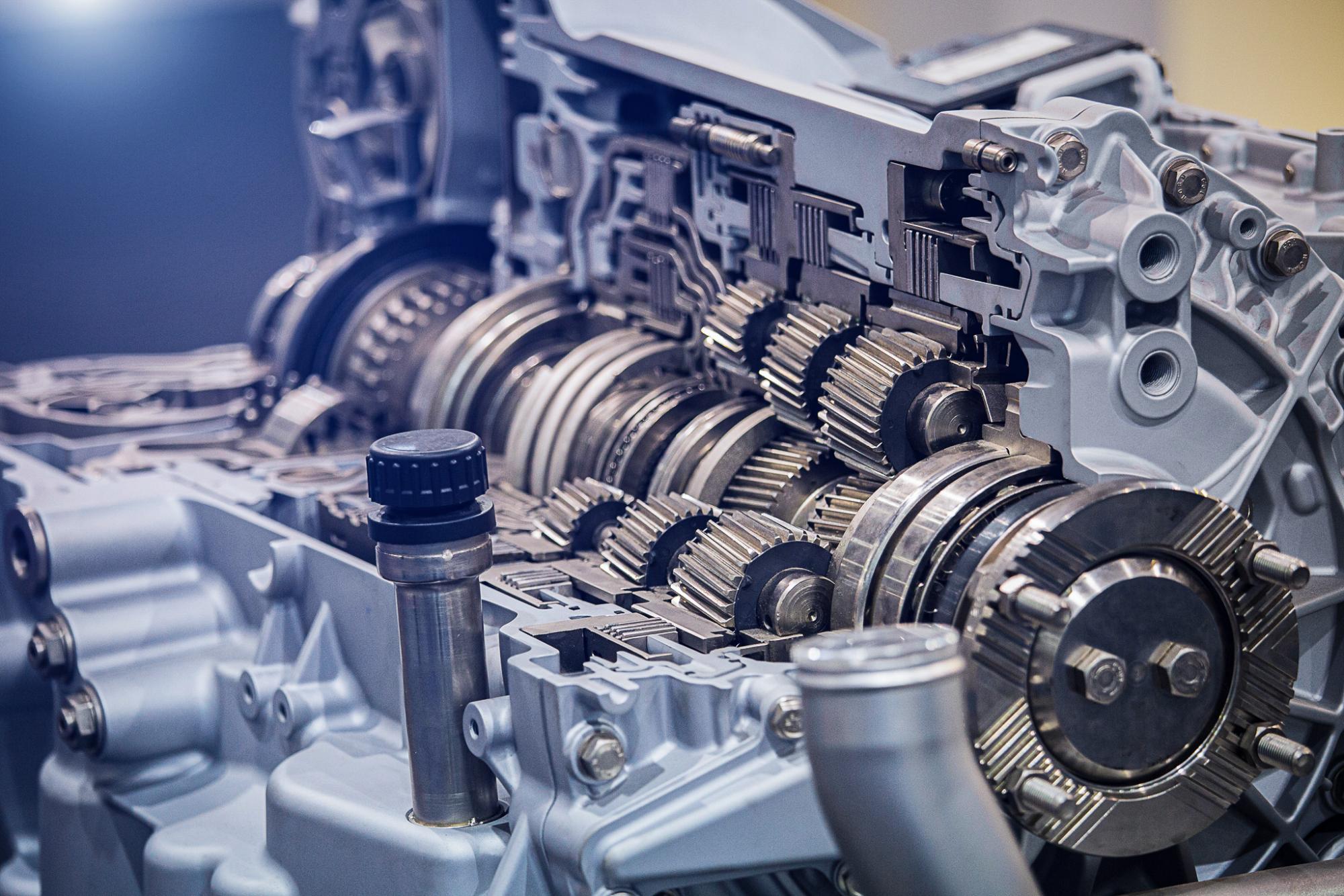Design and prototyping of transmissions
We support companies with the optimisation, characterisation and integration of drivetrain transmissions to improve their performance.

What do we offer?
Thanks to our winning combination of modelling expertise and a unique validation setup (multi-load drivetrain test cell), we can offer modelling, simulation and experimental validation of (prototype) transmissions through:
- Detailed characterisation and validation measurements of transmission components, including vision-based teeth monitoring, loss models, efficiency maps…;
- Numerical and experimental modelling and characterisation of tribological effects (e.g. friction, lubrication, wear) in transmissions, incl. CFD and fluid-structure interaction methods;
- System level modelling of mechanical transmissions, incl. Continuous Variable (toroidal and belt) Transmissions (CVT), Electric Variable Transmissions (EVT), planetary gears, belt and differential transmissions, hydraulic transmissions;
- Sizing optimisation of components (gears and clutches) of gear boxes;
- Optimisation of clutch actuation control.
Our unique software & hardware
We use various unique software and hardware tools in this process:
- In-house developed parametrised transmission models in MatLab/Simulink.
- In-house developed tools for lubrication and erosion/abrasion modelling.
- Tango Toolbox combining ABAQUS and ANSYS Fluent for fluid structure interaction.
Customer success story
Physical design tool for optimisation of drivetrain and gearbox.
Problem
The design process of hybrid drivetrains is becoming ever more complex.
Solution
We developed a computational design method consisting of 3 steps:
- Modelling components and expert knowledge.
- Automatic generation and evaluation of concepts with automatically sized components.
- Providing designers with a set of new driveline components or systems that can be used as a basis for the final design.
Customer value
- Decreased design effort
- Faster time-to-market
- Transmission design knowledge captured in models
- Reduced Total-Cost-of-Ownership (TCO)